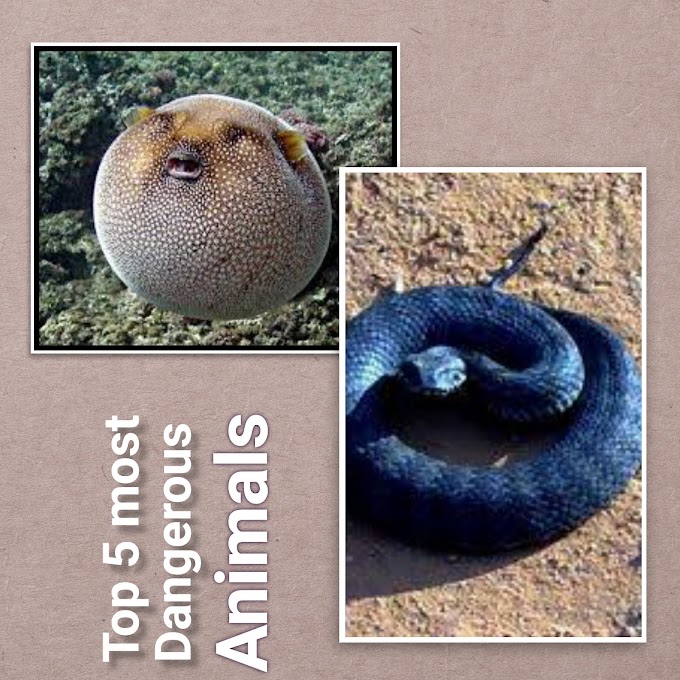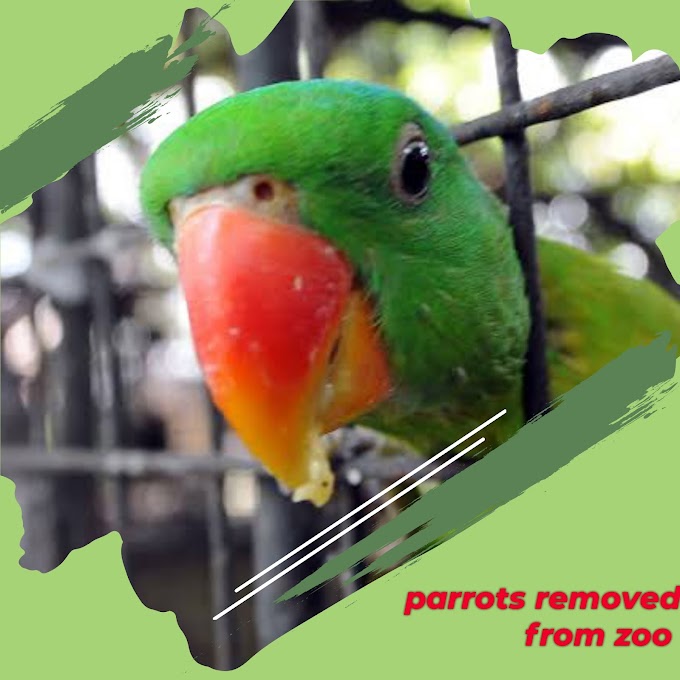Surprising Praying Mantis Facts You Probably Didn't Know!
when you think about the world's deadliest insects the praying mantis could be one of the first things that come to mind and with good reason although a human would have nothing to fear from praying mantises.
It's a different story for other small creatures in the animal kingdom with some species growing as big as 6 inches praying mantises usually stay on top of the insect food chain as the biggest carnivorous insect species praying mantises have been observed hunting bigger animals like birds lizards and fish beyond their scary first impression there's still a lot more to know about these unique insects here are the 30 facts about praying mantis
number one the praying mantis got its name from its front legs as the scientific name suggests the mantis religiosa has legs that bend and fold together in a prayer-like position once its spots prey the mantis will either wait until it approaches or stalk it before grabbing it quickly with its front legs.
number two praying mantises are the only insects with stereo vision this means that a mantis can look at the same spot with both eyes which lets it determine distances more accurately number three the praying mantis has a weak sense of hearing while it has advanced eyesight praying mantises can't hear like most insects do instead a praying mantis can only sense vibrations through a membrane in its abdomen they can sense high frequency noise number four mantises are more common in warmer regions pring mantises are found all over the world but are most common in countries along tropical and subtropical latitudes while tropical rainforests serve as home to most praying mantis species they can also live in deserts grasslands and meadowlands number five some praying mantises can fly most adult praying mantis species have wings depending on the species it's also more common for males to have wings than females number six praying mantis bites are not poisonous with no venomous species and their lack of interest in humans you wouldn't have much to worry about if you encounter one in the wild however a mantis could still bite once provoked which definitely won't be a pleasant experience for anyone number seven praying mantises come in different ways of camouflage some species have distinct body shapes that make them look like branches flowers or leaves the most common praying mantis color is green but it can range from different brown tones to camouflage its body with its environment number eight most cultures associate them with stillness before it catches prey mantises would sit extremely still and wait for it to approach before grabbing it with deadly precision because of this behavior many cultures have associated the praying mantis with patience stillness and awareness number nine praying mantises only live a maximum of a year praying mantis usually only lasts from spring to fall but can live as long as one year in the right conditions.
number 10 the praying mantis life cycle has three stages these stages are the egg nymph and adult praying mantis cocoons usually grow bigger during molting into the exoskeleton the molting stage can repeat up to 10 times before reaching the adult stage depending on the species after the final mode the wings on most species appear while some remain wingless number 11 mating can be deadly for male mantises one of the most widespread facts about these insects is how females devour males while mating however it doesn't always happen female mantises would only eat her partner if she feels particularly hungry or agitated brutally tearing his head off and eating the corpse.
number 12 females lay hundreds of praying mantis eggs in a small case after mating in the fall female mantises would lay up to 400 mantis eggs encased in a foam substance called oathika number thirteen praying mantis eggs hatch in three to four weeks for smaller species on the other hand eggs of larger species take four to six weeks to hatch number fourteen praying mantises often prey on burns although it's usually the other way around these insects have a knack for hunting and preying on birds of over 24 different species to bring down birds mantises would bite its head neck or throat more disturbingly several cases showed that the insect chewed a hole in the victim's head and extracted its brains number 15 a praying mantis has five eyes typically praying mantises have two big compound eyes and three smaller ones in the middle of its head mantises use their compound eyes to track movement and depth while the three smaller eyes detect light number 16 the flower mantis is a body that mimics orchids this unique praying mantis sports a coloration that is an excellent example of aggressive mimicry that lures prey for example the brilliant coloring and camouflage structure of the orchid mantis mimics parts of the orchid flower.
number 17 the chinese mantis has a distinct brown slender body this species is known to reside in china japan korea and thailand they usually stay in habitats with the ideal temperature of around 38 degrees celsius growing up to 5 inches long number 18 the carolina mantis is the gardener's best friend this state insect of south carolina mainly feeds on pests that damage flowers and crops still the carolina mantis primarily resides in north america and often swarms around streetlights at night this species is also relatively smaller only reaching around 2 inches long number 19 the european mantis is regarded as the archetype of a mantis while its main color is light green it also has a little variation in colors these mantises were first imported from europe to america in the 1600s to fight pests what sets the species apart from the others is the distinctive pattern along its front legs number 20 brown praying mantises aren't always brown sometimes the mantis needs to mimic other color tones to blend in with its surroundings.
number 21 some praying mantises turned white after each mole the nymphs go through before reaching adulthood praying mantises turn pure white like an albino still this phase of the white praying mantis only lasts briefly soon darkening into green or brown number 22 early civilizations believed that praying mantises had powers the ancient people of assyria egypt and greece associated menaces with mystic abilities number 23 praying mantises inspired a martial art style northern praying mantis kung fu bases its aggressive movements on the mantis people believe that the praying mantis fist came from the song dynasty or the ming dynasty eventually the southern praying manta style was also developed.
number 24 praying mantises only eat live prey being ambushed predators you wouldn't find a praying mantis snacking on old or scavenged corpses number 25 a praying mantis can slash at predators while they can feed on frogs and lizards these bigger animals can still overpower the mantis once it's caught a praying mantis may lash out with its spines on its raptorial legs number 26 an ancient chinese text contains the earliest description of a praying mantis an ancient chinese dictionary claimed that praying mantises represent fearlessness and bravery number 27 praying mantises also bluffs to scare away predators once threatened a praying mantis may display behavior where they would flare their wings and outstretch their front legs the goal is to intimidate predators enough to keep them from engaging number 28 the praying mantis is most active during the day since they rely most on their vision praying mantises are usually diurnal and hunt in daylight however they usually fly at night.
number 29 praying mantises are attracted to artificial light especially in the night time praying mantises would often slide towards street lamps or other light sources number 30 praying mantis israeli stalk prey though stalking is included in their hunting rituals a praying mantis is more likely to stay still and wait usually a mantis would only follow prey if they were especially hungry the world of insects always has something interesting to discover even though most people would stay away from them understanding their behavior can help us realize that they're just doing their own thing and trying their best to survive














